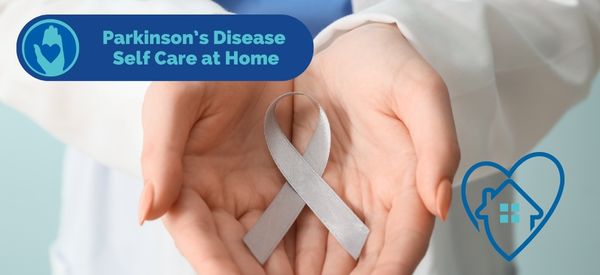According to the Hospice Foundation of America, the word “hospice” finds its roots in the Latin word “hospitium,” which means guesthouse. In its original form, it was a place of shelter for weary and sick travelers returning from religious pilgrimages. Today, it still holds on to those roots, but does so in a different way.
“During the 1960's, Dr. Cicely Saunders, a British physician began the modern hospice movement by establishing St. Christopher's Hospice near London,” the Hospice Foundation of America explains. “St. Christopher's organized a team approach to professional caregiving, and was the first program to use modern pain management techniques to compassionately care for the dying. The first hospice in the United States was established in New Haven, Connecticut in 1974.”
The importance of hospice today can be best understood by looking at a few statistics. And we here at Freedom Home Care are incredibly grateful for the work done by the buy cialis online no prescription
cts_Figures.pdf” target=”_blank”>National Hospice and Palliative Care Organization in compiling those figures.
Here are a few facts:
- In 2011, an estimated 1.65 million patients received services from hospice.
- For 2011, NHPCO estimates that approximately 44.6% of all deaths in the United States were under the care of a hospice program.
- The median length of hospice service in 2011 was 19.1 days.
- In 2011, 66.4% of patients received care at home.
- The number of hospice programs nationwide continues to increase — from the first program that opened in 1974 to over 5,300 programs today.
- The percentage of hospice patients covered by the Medicare hospice benefit versus other payment sources was 84.1% in 2011.
To learn more about what hospice care entails or how it can ease the process for patients and their loved ones, don’t hesitate to contact Freedom Home Care. We’re here to help.




